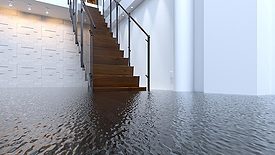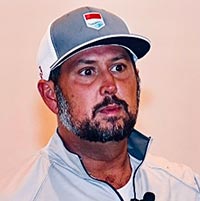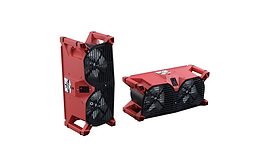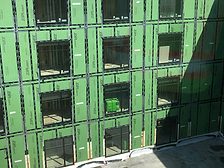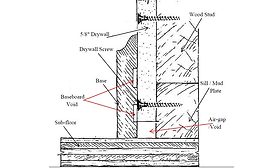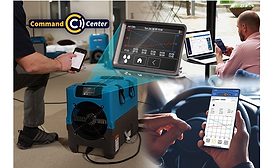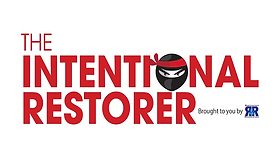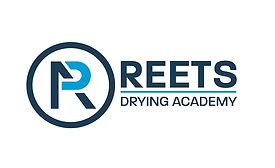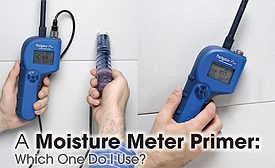Home » Keywords » drying equipment
Items Tagged with 'drying equipment'
ARTICLES
The Intentional Restorer
Early Air Mover Wars: Claude Blackburn's Dri Eaz vs. Lloyd Weaver's Porta Dryer
April 26, 2021
Get our new eMagazine delivered to your inbox every month.
Stay in the know on the latest disaster restoration and remediation trends.
SUBSCRIBE TODAY!Copyright ©2022. All Rights Reserved BNP Media.
Design, CMS, Hosting & Web Development :: ePublishing
